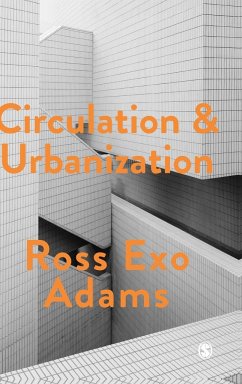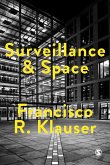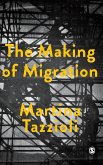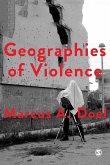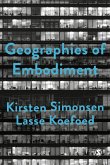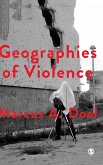Circulation and Urbanization is a foundational investigation into the history of the urban. Moving beyond both canonical and empirical portrayals, the book approaches the urban through a genealogy of circulation a concept central to Western political thought and its modes of spatial planning. Locating architectural knowledge in a wider network of political history, legal theory, geography, sociology and critical theory, and drawing on maritime, territorial and colonial histories, Adams contends that the urban arose in the nineteenth century as an anonymous, parallel project of the emergent liberal nation state. More than a reflection of this state form or the product of the capitalist relations it fostered, the urban is instead a primary instrument for both: at once means and ends.
Combining analytical precision with interdisciplinary insights, this book offers an astonishing new set of propositions for revisiting a familiar, yet increasingly urgent, topic. It is a vital resource for all students and scholars of architecture and urban studies.
This book is part of the Society and Space series, which explores the fascinating relationship between the spatial and the social. These stimulating, provocative books draw on a range of theories to examine key cultural and political issues of our times, including technology, globalisation and migration.
Combining analytical precision with interdisciplinary insights, this book offers an astonishing new set of propositions for revisiting a familiar, yet increasingly urgent, topic. It is a vital resource for all students and scholars of architecture and urban studies.
This book is part of the Society and Space series, which explores the fascinating relationship between the spatial and the social. These stimulating, provocative books draw on a range of theories to examine key cultural and political issues of our times, including technology, globalisation and migration.
Circulation and Urbanization is a timely and powerful retheorization both of the urban and of processes of urbanization, artfully marking out the complex and often elusive historical entanglements of spatial orders, forms of management, technologies of political power, legal frameworks, economic relations, and infrastructures of circulation as they emerged in the 19th century. Taking as a starting point Ildefonso Cerdá s Teoría general de la urbanización, Adams brilliantly resituates the epistemic and political legacy of this landmark study, offering at once a prehistory of the contemporary nexus of space, the state, security, and capital, and a conceptual toolbox, even a cartography for understanding how power functions within cities and populations, and upon subjects, through circulation and urbanization. The book s ramifications are rich and manifold, for this interdisciplinary study also harbours a cogent diagram for confronting such processes with new political strategies, for opening up new types of political space.
Felicity Scott
Felicity Scott

